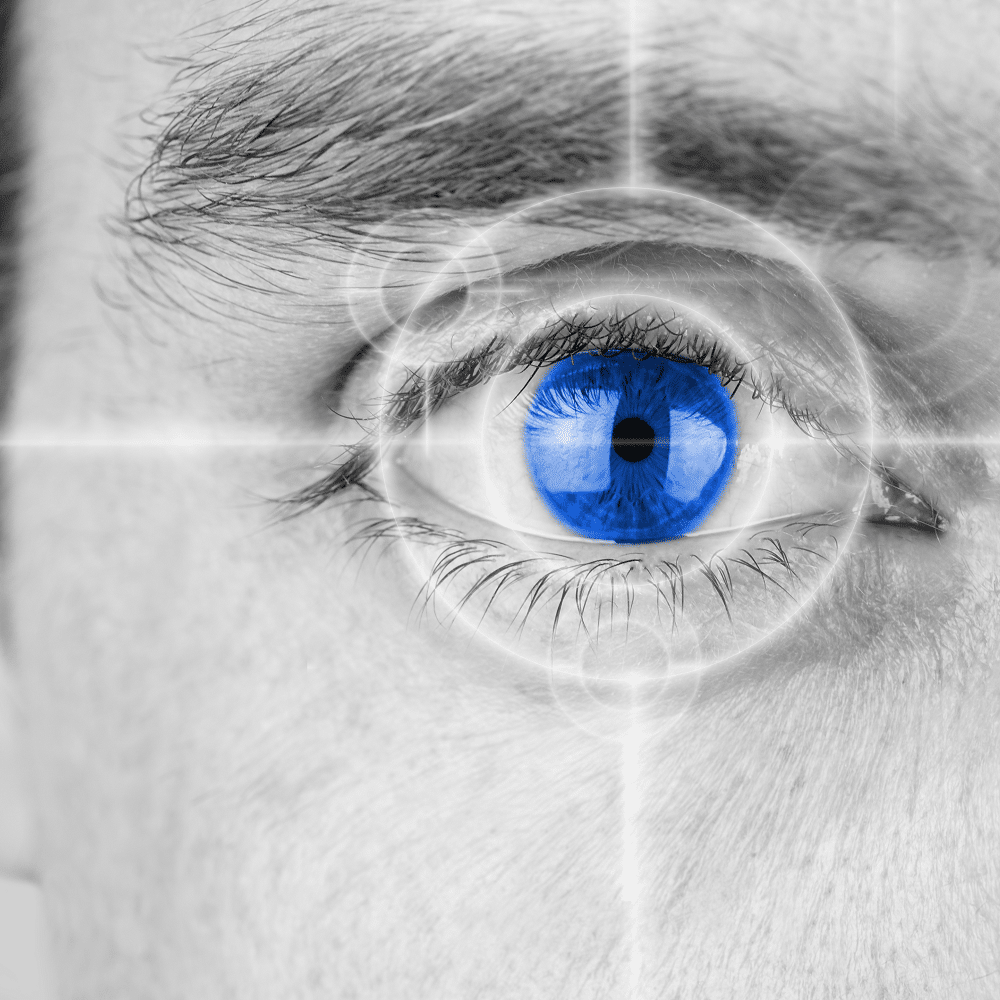The achievement is the latest in an evolving strategy to monitor cell changes in retinal tissue that, in turn, will help identify new ways to treat and prevent vision loss from diseases such as age-related macular degeneration, a leading cause of blindness in people age 65 and older.
“Better imaging resolution will enable better tracking of degenerative changes that occur in retinal tissue. The goal of our research is to discern disease-related changes at the cellular level over time, possibly enabling much earlier detection of disease,” said the study’s lead investigator, Johnny Tam, Ph.D., Stadtman Investigator in the Clinical and Translational Imaging Unit at NEI.
Earlier detection would make it possible to treat patients sooner, well before they’ve lost vision. What’s more, detecting cellular changes would enable clinicians to more quickly determine whether a new therapy is working.
The two types of photoreceptors, cones, which enable color vision, and rods, which enable low-light vision, vary in size and density across the retina. Cone photoreceptors, while larger than rods, are trickier to visualize when they’re more tightly packed together as they are in the fovea, the region of the retina responsible for the highest level of visual acuity and color discrimination. The entire landscape of cones and rods is referred to as the photoreceptor mosaic.
Advanced imaging systems are widely used for observing retinal tissue and are essential tools for diagnosing and studying retinal diseases. But even with adaptive optics retinal imaging, a technique that compensates for light distortions using deformable mirrors and computer-driven algorithms, there are still some areas of the photoreceptor mosaic that are challenging to image, according to the first author of the paper, Rongwen Lu, Ph.D., a postdoctoral fellow in the Clinical and Translational Imaging Unit at NEI.
“Sometimes rods are hard to image because they are so small,” Lu said. “By eliminating some of the light in the system, it actually makes it easier to see the rods. So in this case, less is more.”
In this latest report, Tam’s team at NEI, with help from researchers at Stanford University, Palo Alto, California, sought to push the resolution of adaptive optics retinal imaging further by strategically blocking some of the light to image the retina.
By blocking the light that illuminates the eye in the middle of the beam, to create a ring of light (rather than a disk), the NEI-led team improved the transverse resolution (across the mosaic). But that came at the expense of axial resolution (mosaic depth). To compensate, Tam’s team blocked the light coming back from the eye using a super small pinhole, called a sub-Airy disk, which recovers the axial resolution that would have been lost using the ring of light alone.
Combining the ring illumination with the sub-Airy disk imaging results in the best of both worlds, Tam said. The tweaked technique yields about a 33% increase in resolution, which makes it much easier to see rods, as well as subcellular details within cones.
Their technique also enhanced the visualization of the photoreceptor mosaic with another technique called non-confocal split-detection, which is yet another type of microscopy that provides a complementary view of the photoreceptor mosaic.
The work was supported in part by NEI grants U01 EY025477 and R01 EY025231, and by the Intramural Research Program at the NEI, part of the National Institutes of Health.
Image: The mosaic of cone and rod photoreceptor cells is shown by confocal imaging (left) and split detection.Image Credit: Johnny Tam, Ph.D., NEI




